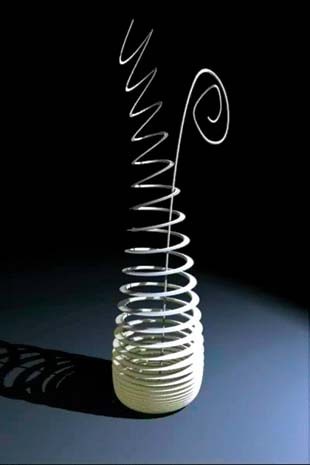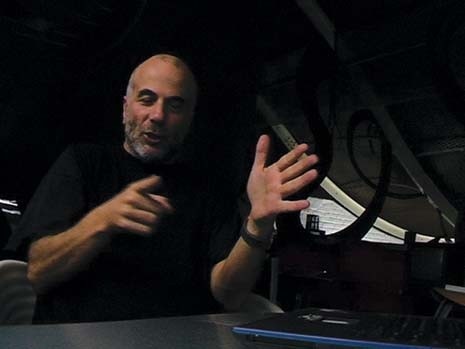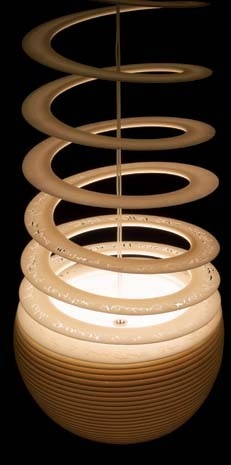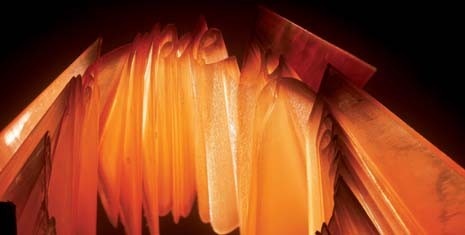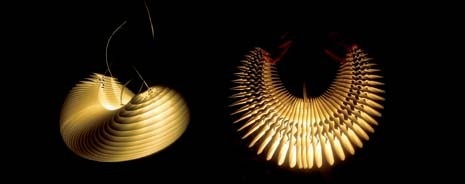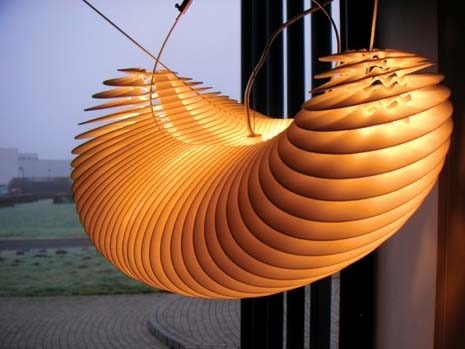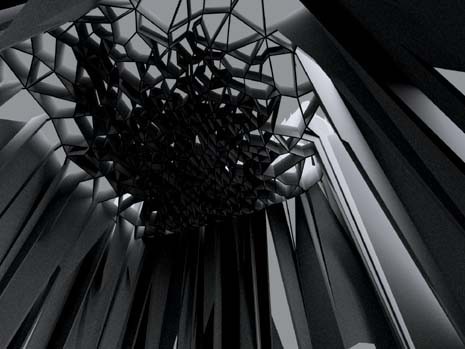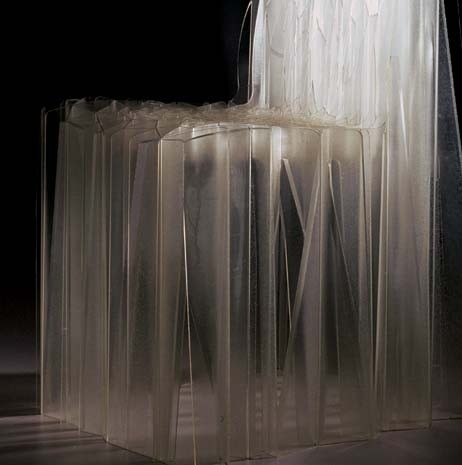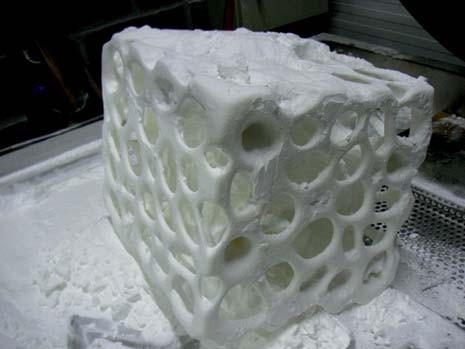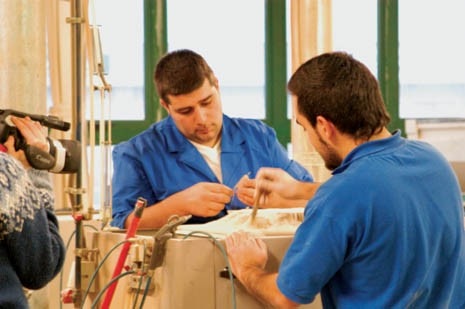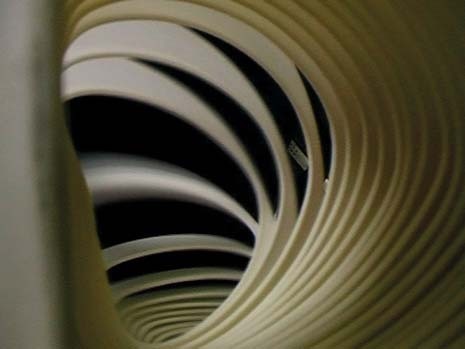Ron Arad: free-form poetics
“Over the last few years we’ve got better and better at computer modeling. We’ve started using Maya, which was developed primarily for entertainment purposes and then for the medical profession and design. With 3D scanning x-rays, you can make replicas of bones in calcium onto which you can even grow nerve cells. Pretty amazing. This allows us to do things that couldn’t be done any other way. We combined these animation techniques with prototype modeling, which means you end up with an animated film of 25 models per second.
Every one of them is a material model that you can email directly to the rapid prototyping machine. We generally use rapid prototyping for prototypes rather than for production. The jewellery, however, uses RP to manufacture editions in gold and silver, giving us the potential to create forms we couldn’t otherwise achieve. The RP technique is still quite expensive, but it still costs less than getting an artisan to carry out an interpretation of a design. It also means that there’s nobody to hide behind. What was once very new and exciting is now becoming commonplace.
People are amazed and disgusted by the influence of computers on design, but it’s like discussing the influence of telephones on conversation. It’s not an interesting debate anymore. There will be a time when a plumber won’t go to the hardware store to buy an S-tube but will go to his van and download one. It’s no more science fiction than the fax.”
Growing forms: techniques of digital germination
Rapid prototyping (RP), also known as “desktop manufacturing” or “free-form fabrication” (created towards the end of the 1980s as an application of laser-related technologies), is a process of producing physical models from virtual, three-dimensional (usually CAD) drawings. These technologies are opening up new scenarios not so much in the realisation of models as in their potential generation of forms. With RP, forms can be processed by addition.
Form is generated layer upon layer. It grows little by little as an inert material that gradually solidifies in reaction to a laser beam, exactly like an organic concretion built up by successive sedimentation. It is the organic paradigm of growth, governed however by automated systems. These tend to expel any residue of manual intervention even from the most artisanal phases of production: from the creative process right through to the development of moulds and production tools. From a strictly “industrial” point of view, these technologies have already altered the organisation of the whole process from project to production by saving between 70 and 90 per cent of the time needed. But from the point of view of the potential generation of form, the question remains open.
These applications are moving towards ever-shorter development times for new products, to the point where Distance Manufacturing on Demand can now be envisaged. In other words, it allows for rapid, economic and flexible production directly from electronic data. The combination of RP and the Internet allows projects to be transmitted, in the form of digital files, to a processing centre for “on demand” production. RP technologies function, in short, like a three-dimensional file print. The passage from digital design on a computer to the material presence of the object is direct and involves no intermediation. In this direct transcription, there is no longer a model-maker or prototype builder working in the background.
People like Giovanni Sacchi, who made real the drawings and sketches of many famous products created in the heyday of Italian design, had previously taken part in the creative process by superimposing their own personal touch on the works of architects and designers, whose original idea they were interpreting inasmuch as they governed (essentially by hand) the physical translation of its form from drawing to prototype. RP technologies are based on the use of laser-stereolithography (STL) and sinterisation (SLS: selective laser sintering). But other techniques, such as FDM (fused deposition modelling) or LOM (laminated object manufacturing), have liberated the expression of a certain digital formalism. Designers are free to “construct” forms (or rather to animate their virtual model) entirely by computer.
Instead of having manual contact with the material, it is the software itself that “slices” the digital model, breaking it down into single layers (cross-sections that are fractions of a millimetre thick). This is based on the mathematical translation of the physical model. These RP processes “manufacture” objects by successive additions, as happens in stereolithography and sinterisation. Using a laser beam, the initial material (liquid or fine-powder polymers and alloys) is built up to create a 3D form. Step by step, layer upon layer, level after level (in regular intervals that can be calculated in thicknesses of 20 microns), it provides micrometric precision to give the material consistency.
This additive nature of the process reverses the approach seen in traditional techniques - like milling, grinding and turning - where a block of material in the solid state is generally “hollowed out” in a succession of subtractions, but also with regards to the moulding process - characteristic of the mechanical age - in which the machine moulds thousands of identical pieces without any possibility of alteration or adaptation during processing. In short, rapid prototyping means that an original piece, regardless of its form and complex geometry, can be produced without any need at all for mechanical tools or moulds.
The laser beam simply designs on the surface of an inert mass of material (generally a bath of photosensitive polymer or a blanket of sand) the outlines of the form desired, which then comes to life as the laser beam solidifies its different sections. In future, one will be able to simply send the digital file containing the design via the Internet to a processing centre which will generate a 3D prototype with a quality - including structural - equal to as much as 80 per cent of the end product if it were manufactured mechanically. (F.P.)
